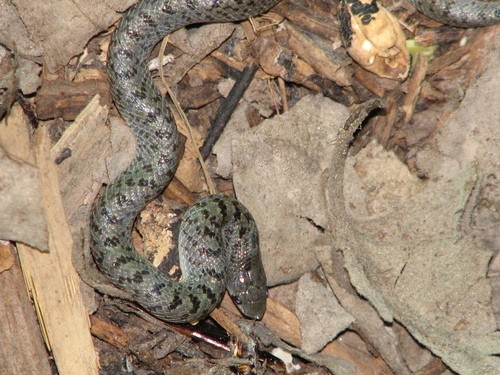Tamaulipan or mexican hooknose snake
A species of Mexican hook-nosed snakes, Also known as Mexican hook-nosed snake Scientific name : Ficimia streckeri Genus : Mexican hook-nosed snakes
Tamaulipan or mexican hooknose snake, A species of Mexican hook-nosed snakes
Also known as:
Mexican hook-nosed snake
Scientific name: Ficimia streckeri
Genus: Mexican hook-nosed snakes
Content
Description General Info
 Photo By johnyochum , used under CC-BY-4.0 /Cropped and compressed from original
Photo By johnyochum , used under CC-BY-4.0 /Cropped and compressed from original Description
Ficimia streckeri, commonly known as the Mexican hooknose snake or Tamaulipan hooknose snake, is a small species of colubrid snake. It is endemic to northeastern Mexico and the adjacent southwestern United States.
General Info
Lifespan
15-20 years
Diet
Tamaulipan or mexican hooknose snake predominantly feasts on a diet of amphibians, especially toads. This snake also forages for both soft-bodied and hard-shelled invertebrates, supplementing its primary diet.
Appearance
Tamaulipan or mexican hooknose snake is a small snake averaging around 38 centimeters in length. It has a slender, cylindrical body covered with smooth, glossy scales. Its color pattern consists mainly of a pale yellowish dash with brown to olive blotches, two of which form a collar behind its small, round head. The belly is usually cream or yellowish in color. There are no significant differences in appearance between genders or across different ages.
Behavior
Tamaulipan or mexican hooknose snake is a nocturnal species exhibiting a voracious yet stealthy hunting style. Ideal stay in burrows and rocks during the day, only venturing out at night to catch prey. It is effectively solitary, only interacting during mating. Their defense mechanism involves mimicking dangerous species, discouraging predators and enabling survival in its natural environment.
Population
Stable